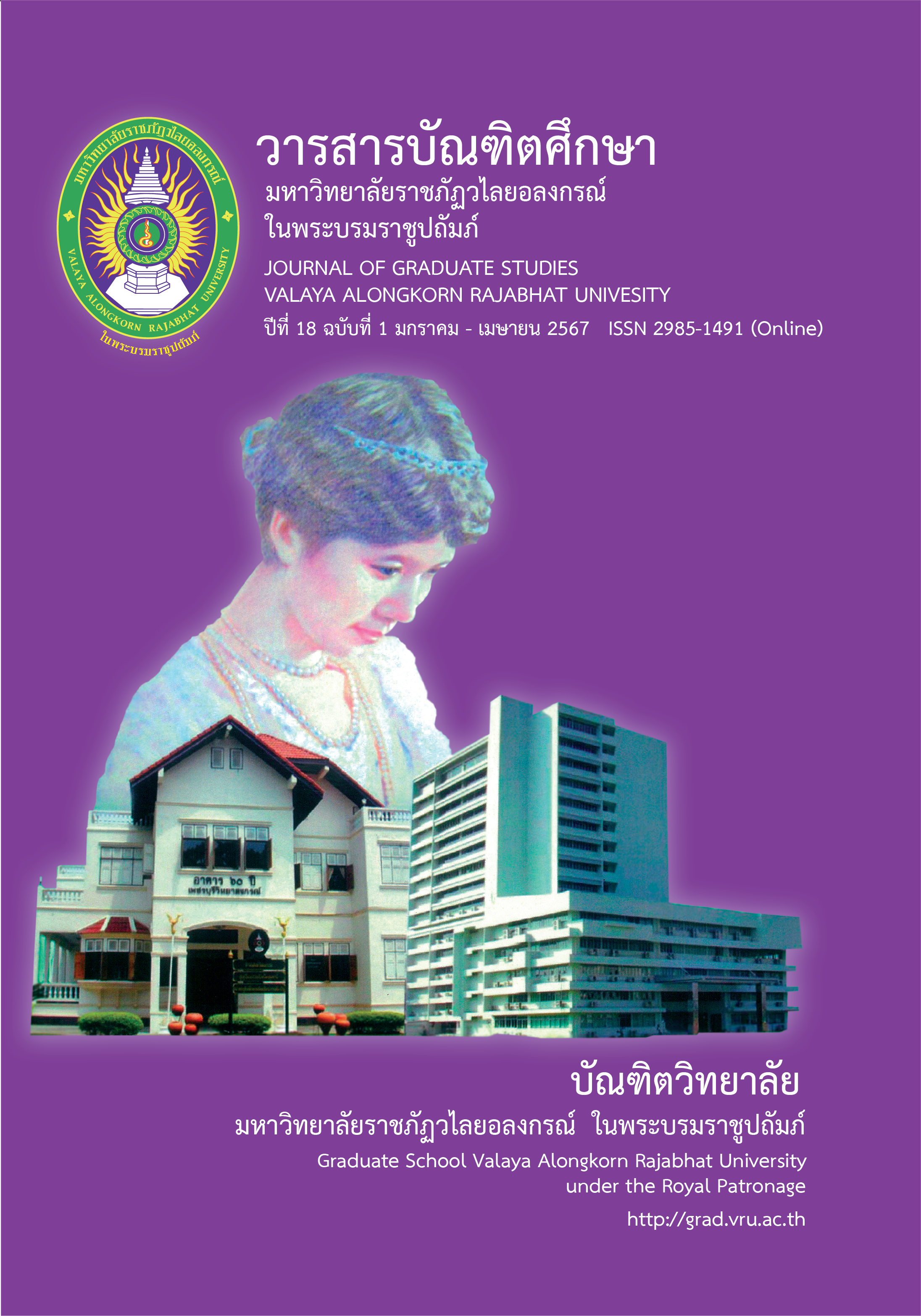ENTREPRENEUR JOURNEY MAP ANALYSIS FOR SUPPORTING LEGAL PROTOCOL
Main Article Content
Abstract
Construct an effective entrepreneur journey map for supporting legal protocol under government regulation is important. Using the hypothetical map without study, the actual map will lead to the cost and termination of the user. Since firms’ productivity basically causes by the actual entrepreneur journey map, enhancing the map by exploring and reducing the pain point in each touchpoint is the crucial contribution. The study conducted by integrating two sources of data: the Thai government agencies' website that support the business activities and interviews from the entrepreneurs. Therefore, the actual map of the entrepreneur's journey was constructed based on qualitative and quantitative analysis- HMM. The results of the study led to enhance the entrepreneurial journey map with support by government websites.
Article Details

This work is licensed under a Creative Commons Attribution-NonCommercial-NoDerivatives 4.0 International License.
บทความทุกเรื่องได้รับการตรวจความถูกต้องทางวิชาการโดยผู้ทรงคุณวุฒิ ทรรศนะและข้อคิดเห็นในบทความ Journal of Global of Perspectives in Humanities and Social Sciences (J-GPHSS) มิใช่เป็นทรรศนะและความคิดของผู้จัดทำจึงมิใช่ความรับผิดชอบของบัณฑิตวิทยาลัย มหาวิทยาลัยราชภัฏวไลยอลงกรณ์ ในพระบรมราชูปถัมภ์ กองบรรณาธิการไม่สงวนสิทธิ์การคัดลอก แต่ให้อ้างอิงแหล่งที่มา
References
Barney, J. (1991). Firm resources and sustained competitive advantage. Journal of Management. 17(1), 99-120.
Bhattacherjee, A. (2001). Understanding Information Systems Continuance: An Expectation-Confirmation Model. MIS Quarterly. 25(3), 351-370.
Clatworthy, S. (2011). Service innovation through touch-points: Development of an innovation toolkit for the first stages of new service development. International Journal of Design, 5(2), 15-28.
Coyle-Shapiro, J. A-M., Shore, L. M, Taylor, M. S. and Tetrick, L. E. (2005). The Employment Relationship: Examining Psychological and Contextual Perspectives. UK: Oxford University Press.
Crosier, A. and Handford, A. (2012). Customer journey mapping as an advocacy tool for disabled people: a case study. Social Marketing Quarterly. 18(1), 67-76.
Department of Business Development. (2020). Ministry of Commerce database. Retrieved from https://www.dbd.go.th/news_view.php?nid=469419448).
Følstad, A., Kvale, K., and Halvorsrud, R. (2013). Customer journey measures – State of the art research and best practice. Report A24488, Oslo, Norway, SINTEF.
FTA. (2020). Retrieved from https://www.investopedia.com/terms/f/free-trade.asp
Helfat, C. E. & Peteraf M. A. (2003). The dynamic resource‐based view: capability lifecycles. Strategic Management Journal. 12(1), 997-1010.
Jaworski, B. & Kohli, A. K. (2016). Co–creating the voice of the customer. NY: M.E. Sharpe.
Makhija, N., Peggy B-A., Dixit, V. and Dator, J. (2012). Social Justice: Pushing Past Boundaries in Graduate Training. Journal for Social Action in Counseling and Psychology. 4(2), 85-98.
Netzer, O. (2005). A Hidden Markov Model of Customer Relationship Dynamics. Marketing Science. 27(2), 1-54.
Piriyakul, I., Kunatikornkit, C., Jucaroen, S.& Piriyakul, R. (2019). datchanī chī wat sakkayaphāp khō̜ng nūaingān khō̜ng rat phư̄a sanapsanun kān khao sū thailǣn sī sū [Capability Index of Government Agencies to Support Entry to Thailand 4.0]. Journal of Business, Economics and Communication. 14(2), 109-124.
Prahalad, C. K. & Ramaswamy, V. (2004). Co-creating unique value with customers. Strategy & Leadership. 32(3), 4–9.
Rawson, A., Duncan, E. & Jones, C. (2013). The truth about customer experience. Harvard Business Review. 91, 143 -152.
Wechsler, J. (2012). Reflections on Service Design, Frameworks, and the Service Organization. Design Management Review. 23(2), 58-64.
Whittle, S. & Foster, M. (1991). Customer Profiling; Getting into Your Customer's Shoes. International journal of Bank Marketing. 9(1), 17-24.
Yoshino, N. & Sakakibara, E. (2015). The Current State of the Japanese Economy and Remedies. Asian Economic Papers. 1(2), 110-126.
Zomerdijk, L. G. & Voss, C. A. (2010). Service design for experience-centric services. Journal of Service Research. 13(1), 67–82.


